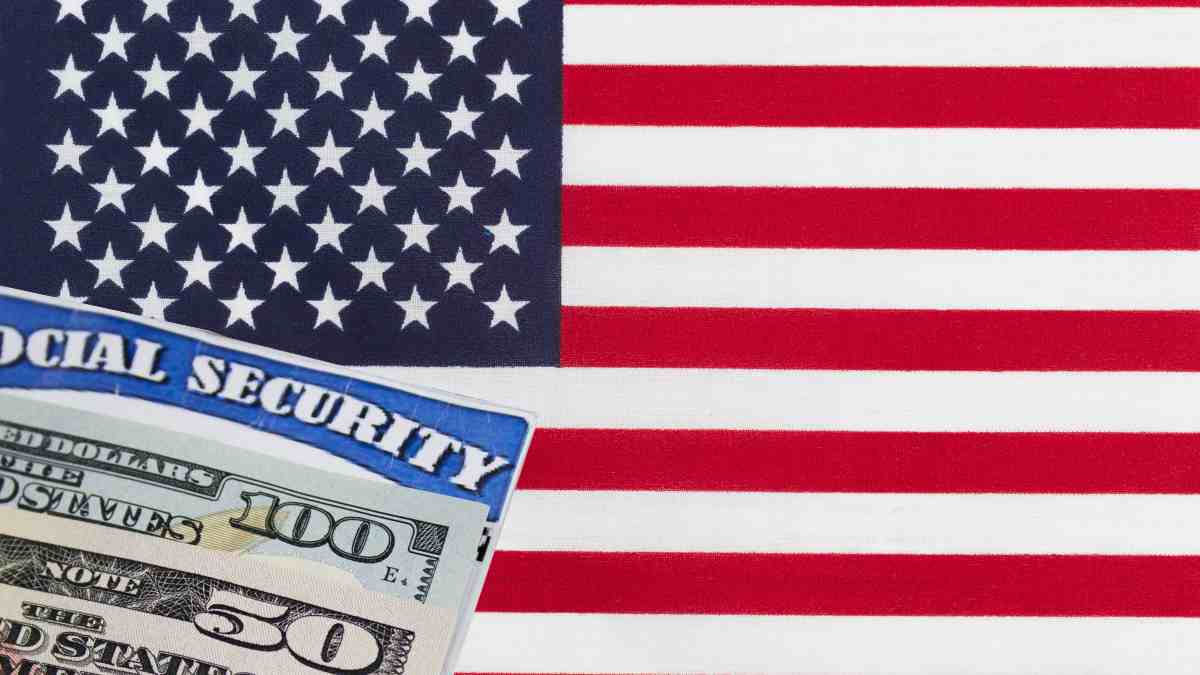As we enter the final quarter of 2024, the Social Security Administration (SSA) is gearing up to send out a few extra payments to recipients of the Supplemental Security Income (SSI) program. SSI is designed to provide financial assistance to individuals with disabilities, blindness, or seniors who lack sufficient income to live off their retirement benefits in the United States.
Over the next three months, some SSI beneficiaries will receive up to four payments, which is an unusual occurrence. This is due to the specific timing of federal holidays and weekends, in addition to the annual Cost-of-Living Adjustment (COLA), which will affect the final payment of the year.
When will Social Security payments be received?
The first payment will be made on October 1st, which this year falls on a Tuesday. Typically, SSI beneficiaries receive their payments on the first day of each month. However, if the 1st falls on a weekend or federal holiday, the SSA moves the payment date to the last business day before that. This explains why there will be an extra payment this quarter, resulting in four payments instead of the usual three.
Why wasn’t there a payment in September?
Some beneficiaries may have noticed that no payment was made in September. This is because September 1st landed on a non-business day, so the SSA issued the payment at the end of August instead. This is a common practice to ensure that beneficiaries receive their funds on time, without any delays.
Payment schedule from October to December
The SSA has set the following payment schedule for SSI beneficiaries for the rest of the year:
- October 1: This payment is for the month of October.
- November 1: Beneficiaries will receive their usual monthly payment.
- November 29: This is an advance payment for December, as December 1 falls on a Sunday.
- December 31: This payment covers the January 1, 2025, payment, which is advanced every year since January 1 is a national holiday.
It’s worth noting that the December 31 payment will include the 2025 Cost-of-Living Adjustment (COLA), resulting in a higher payment amount. The annual COLA is intended to help SSI beneficiaries keep pace with rising living costs.
Requirements to receive SSI payments
Not everyone is eligible for these payments. The SSA has set specific income and resource limits that individuals must meet to qualify. Applicants must show that they have monthly income below $1,941 and meet the permitted asset requirements.
This means that people with higher incomes or more assets than allowed won’t be eligible for SSI unless they can demonstrate a change in their financial circumstances.The program is designed to assist those facing significant economic challenges, so individuals with low incomes need to ensure they meet all the eligibility criteria to avoid losing their benefits.

